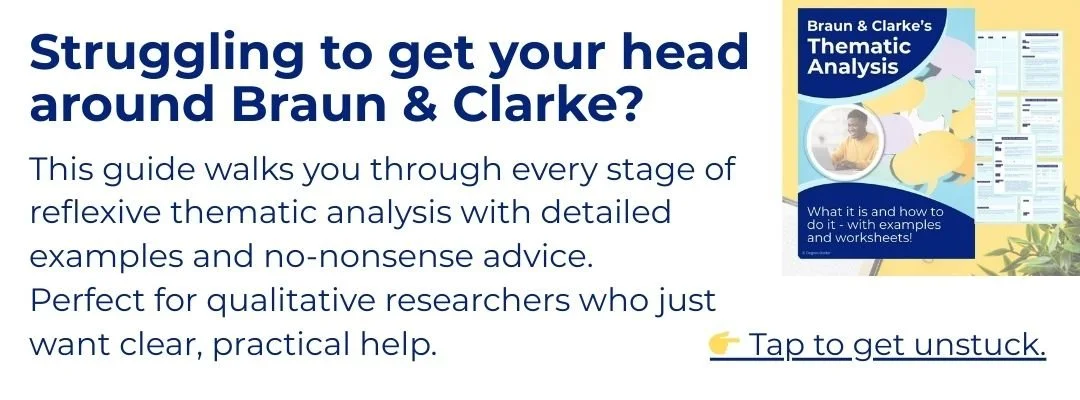
# No Clash Between Science and Religion: A Perspective
The long-standing discussion regarding the connection between science and religion has engaged human intellect for ages, frequently framed as a confrontation between two apparently opposing realms. Historian of biology, John Wilkins, presents an illuminating viewpoint that contests this binary: “There is no clash between science and religion, mainly because such entities do not exist. There are various sciences and religions, but ultimately they have no perspectives, for only the individuals within those traditions have viewpoints, and these fluctuate wildly.” This remark offers a refined understanding of the interaction between these domains.
## Science and Religion: A Varied Spectrum
### The Numerous Aspects of Science
Science is not a singular entity but rather a compilation of disciplines and practices — spanning from astrophysics to zoology — each with distinct methodologies, objectives, and constraints. These varied fields collectively endeavor to comprehend the natural world through empirical data and logical inquiry. Science as a process remains value-neutral, lacking opinions or beliefs. It is the scientists, individuals with distinct viewpoints and biases, who ascribe attitudes to scientific pursuits.
### The Diversity of Religions
In a similar vein, religion comprises a broad spectrum of beliefs, customs, traditions, and cultural systems that address existential meaning, spirituality, and the divine. Each religion, ranging from Buddhism to Christianity, possesses its unique tenets and rituals. Within each tradition, followers display a wide array of attitudes and interpretations. Hence, religion, like science, does not represent a singular entity with a unified voice.
## Individual Perspectives in the Dialogue
Wilkins’ claim emphasizes that the perception of conflict does not stem from abstract notions of science and religion, but from the individuals who engage with and interpret these fields. Personal convictions, cultural heritages, and historical contexts significantly influence how individuals view the interrelation between science and religion.
## The Reality of Diversity within Traditions
### Faithful Scientists
Historically, countless scientists have maintained religious beliefs, demonstrating that personal faith and scientific inquiry can exist together seamlessly. Figures such as Gregor Mendel, the pioneer of modern genetics and an Augustinian monk, and Francis Collins, a geneticist and Christian, illustrate how individuals navigate both realms without recognizing inherent discord.
### Religious Thinkers Welcoming Science
In contrast, numerous religious leaders and thinkers have embraced scientific advancements, perceiving them as a method to deepen understanding of divine creation. The Dalai Lama, for example, welcomes scientific findings as they can enhance comprehension of consciousness and human experience.
## Advancing Beyond a False Dichotomy
Acknowledging the diversity within both science and religion contests the idea of an unavoidable conflict. Embracing variety within these fields nurtures mutual respect and dialogue. By concentrating on shared human experiences and common objectives, such as ethical responsibility and the pursuit of truth, individuals can encourage a more constructive and harmonious relationship between science and religion.
## Conclusion
John Wilkins’ perspective advocates for a transition away from perceiving science and religion as adversaries. Recognizing that both consist of diverse traditions practiced by individuals with differing attitudes paves the way for fruitful dialogue. In this way, society can value the intricate tapestry of human thought and discover common ground in the quest for knowledge and meaning.